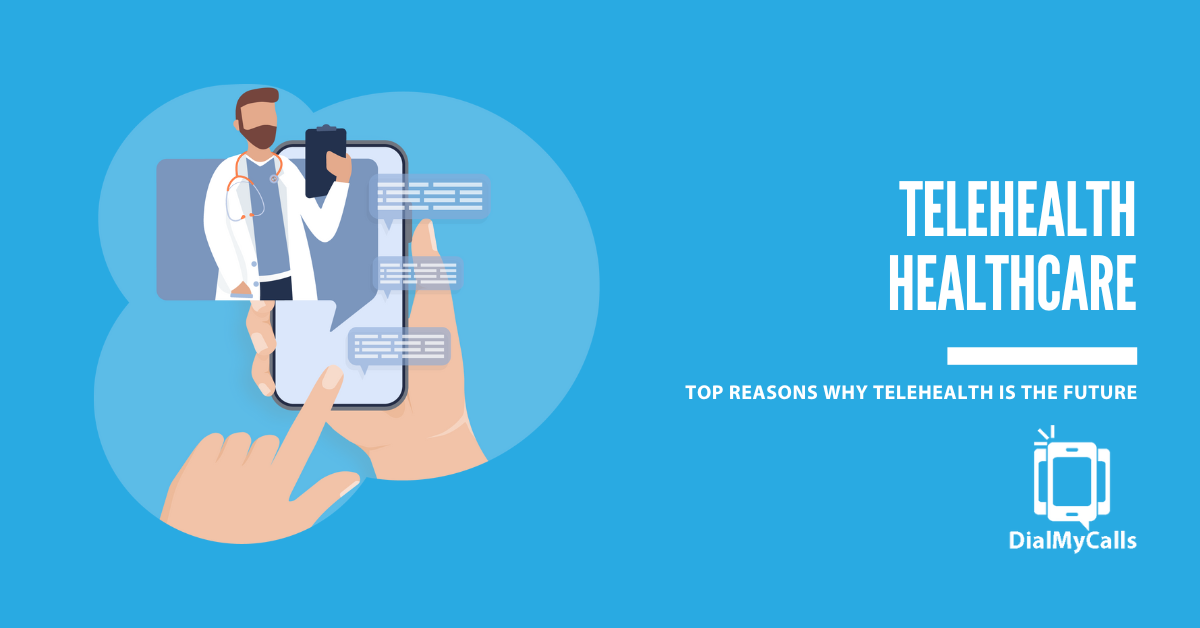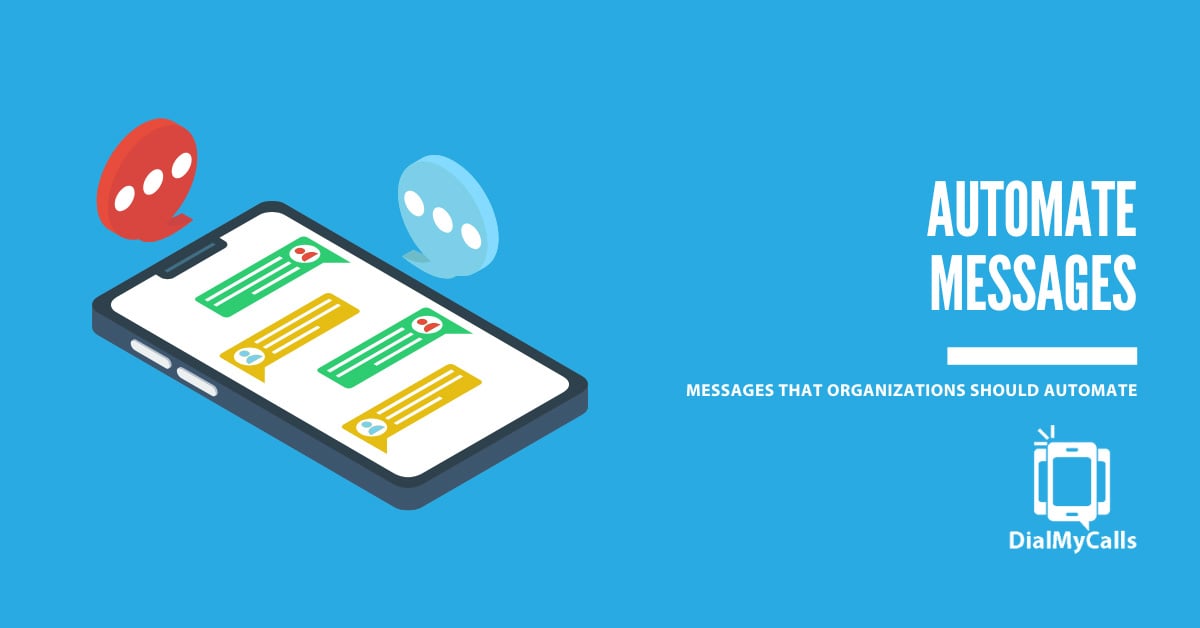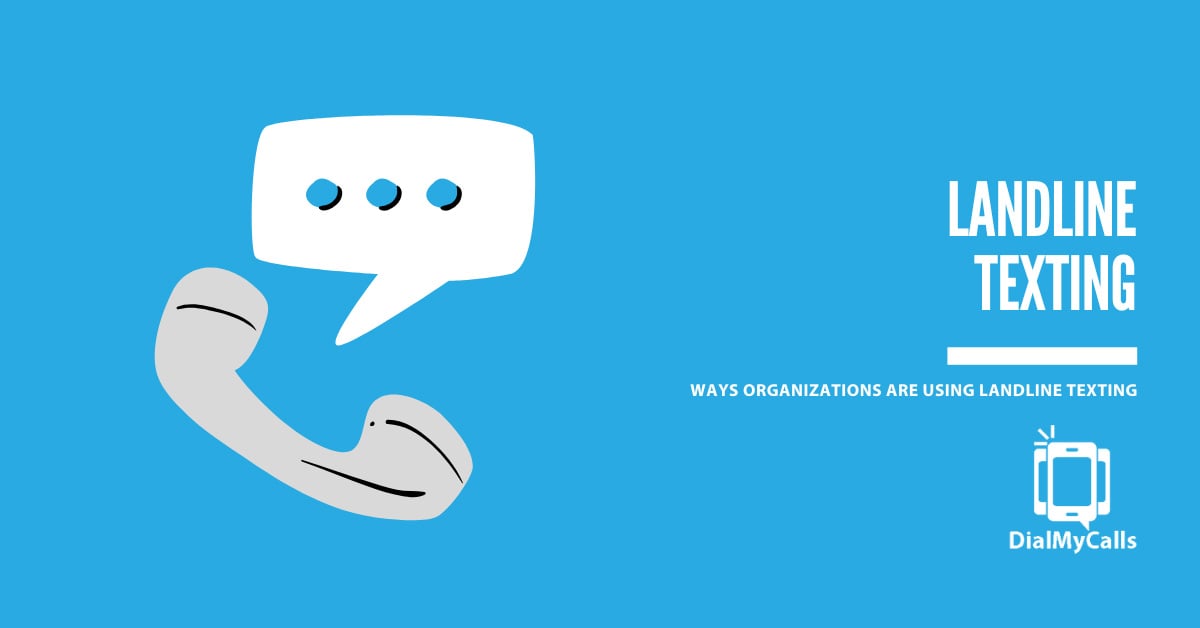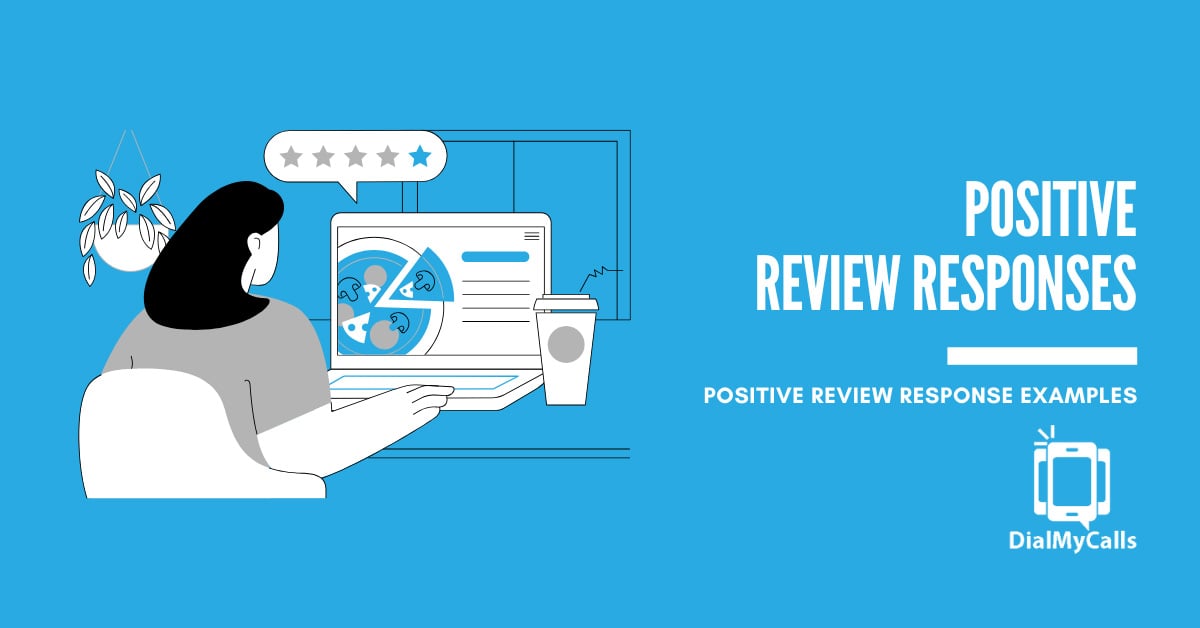Top 8 Reasons Why Telehealth is the Future of Healthcare
Posted by Pam Malinoski in Business Continuity on October 24, 2024
Updated on November 18, 2024

Before the COVID-19 pandemic hit us, telehealth was yet to make its mark on the global population. But as the world went into a lockdown, this technology came as a beacon of hope for access to continued healthcare services.
Many thought that this was a temporary fix, but the numbers state otherwise. According to an industry report, currently, in the U.S., about 79% of hospitals use telemedicine solutions [which is a subset of telehealth]. In fact, you can view the state-wise adoption data from the same source: [Click here].
So, what’s the reason for healthcare professionals and patients to continue using telehealth services even though the pandemic finally seems to have said it’s goodbye? Is it just the convenience of it? I say not. Here, I have listed 8 reasons why telehealth is not going anywhere. Let’s check them out.
1. Technology’s Integration in Healthcare Has Been Seamless
Telehealth is guided by technology, and healthcare is benefiting greatly from it. One of the key components of this technological shift is the integration of Electronic Health Records (EHR), which streamlines patient data management. EHRs allow healthcare providers to access a patient’s history, treatment plans, and test results in real time. This enables more accurate and efficient care, and that too, remotely.
And that’s not all. Today, patients are receiving prompt care due to this technological innovation. Health gadgets like telemonitoring devices and health apps, make patient management smoother and more cohesive. These tools work together to ensure that care is not only comprehensive but also personalized, improving both patient experiences and outcomes.
2. Enhanced Patient Accessibility & Convenience
As I stated in the beginning, accessibility is one of the most popular features of telehealth. It is, in fact, the foundation behind the adoption of telehealth and telemedicine. It essentially breaks down geographical barriers to ensure patients receive continued care even if they cannot visit a healthcare facility at the moment.
This has been particularly helpful for patients with chronic conditions. Let me give you a bit of a perspective here. For someone with diabetes, frequent in-person visits to monitor blood sugar levels and adjusting medications can be overwhelming. However, with telehealth, these check-ins can be done virtually. The patient can use a Continuous Glucose Monitoring meter (CGM) to keep track of their glucose levels. Any drastic variation can be reported to the doctor promptly and taken care of. And that’s just one example. I have a few more:
- Wearable Smart Fitness Trackers
- Blood Pressure Monitors
- Spirometry Devices
- Oximeters
- Telemonitoring Platforms
These tools allow patients to stay on top of their conditions while giving healthcare providers access to real-time data, leading to more personalized and timely care.
3. Telehealth Services are Also Cost-Effective
Who said quality care can only be accessed at multispecialty hospitals? Well, telehealth has proven this wrong. For patients, telehealth eliminates travel expenses, reduces time off work, and saves money on childcare and other associated costs. For providers, telehealth reduces the need for physical office space, lowers staffing requirements, and decreases overhead costs.
This makes it a cost-effective solution for both sides. In an industry where efficiency and savings are critical, telehealth provides a clear path to more affordable care while maintaining quality and accessibility.
Reach Thousands, Instantly
Grow Your Business by Leveraging Mass Texting
4. Telehealth Improves Patient Engagement and Outcomes
Before telehealth made its benefits known, very few people took proactive steps toward their health. Even for us, when did we ever think of measuring our chronic conditions (if any) on a regular basis? Just the thought of going to a healthcare institution was tiring. But now, with virtual check-ins, remote monitoring devices, and patient educational materials readily available, patients are taking control of their health. Also, mobile apps allow patients to track their progress, receive medication reminders, and even log vital signs.
It has also allowed healthcare providers to closely monitor patients’ conditions and intervene before issues escalate. This level of engagement keeps patients accountable, helping them stay on top of their treatment plans, which ultimately improves their overall health.
5. Telehealth Expands Its Services Beyond Traditional Healthcare
Here, I’d like to point out that telehealth isn’t just limited to virtual appointments or even remote patient monitoring. There’s more, much more.
Virtual mental health services, for example, are growing rapidly, providing patients with easier access to therapy and counseling sessions. Telehealth is also making its way into veterinary care, with pet owners now able to consult with veterinarians remotely, highlighting just how versatile telehealth services have become.
But the most impressive application of telehealth, for me personally, has been on emergency services. Did you know that the U.S. Department of Health and Human Services released a comprehensive guide on the ‘Types of Telehealth for Emergency Departments’? [Source] This shows us that telehealth has and is continuing to make its mark on the healthcare system around the world.
6. Supports Healthcare Workforce’s Efficiency
Moving on from the patients, I am going to take a moment to discuss how telehealth is beneficial to healthcare providers too.
By reducing the number of in-person visits, telehealth improves scheduling efficiency and decreases patient wait times. Healthcare teams can communicate more easily and share patient information through secure platforms, streamlining workflows. This allows providers to focus on what matters most: delivering high-quality care.
7. Increased & Improved Adaptation of Reimbursement Models
The continued growth of telehealth depends largely on changes in reimbursement models. Fortunately, both government policies and private insurers are catching up with more flexible reimbursement plans for telehealth services.
Medicare and Medicaid, for instance, have expanded their coverage of telehealth, making it more accessible for patients who rely on these programs. These policy shifts are essential for telehealth’s long-term sustainability, ensuring that it remains a viable and valuable option for providers and patients alike.
8. More Innovation in Telehealth is In the Works
The reason I say that telehealth is here to stay is because if it were not, we would not be looking at innovations that are just around the corner. Emerging technologies are set to enhance its capabilities even further.
Artificial intelligence (AI) and machine learning are being integrated into telehealth platforms to assist in diagnostics, data analysis, and personalized treatment plans. You will also find Practice Management Software with Patient Portals such as Noterro, which empower individual practitioners to conduct their business seamlessly. Additionally, augmented reality (AR) could play a role in telehealth by allowing doctors to perform virtual examinations or procedures in a more interactive way.
As these innovations develop, they will continue to push the boundaries of telehealth, making it an even more powerful tool for healthcare delivery.
Conclusion
I truly believe that telehealth has proven itself to be far more than just a temporary solution and the reasons for this I have already listed above. It is one technology that can bring under its umbrella numerous other innovations and enhance the healthcare journey for both patients and providers.
This is exactly where DialMyCalls comes in handy for healthcare professionals and healthcare institutions. Our mass texting service, reminder call and notification service caters to the needs of healthcare organizations when they need to notify or remind patients about upcoming appointments, tests, etc. This will further enhance the patient engagement and keep them motivated to care for their health proactively.
Stay Connected with Mass Notifications
Create & Send a Broadcast to Thousands in Seconds
Author

Pam Malinoski is a versatile freelance writer with expertise in web content, marketing blogs, and articles for trade publications. With extensive experience across industries like AI, fintech, healthcare, and property management, Pam brings a keen understanding of diverse topics. She’s passionate about writing on homesteading, education, alternative medicine, parenting, and technology.
Try Using DialMyCalls Right Now
Start For Free
Recent Posts
- Essential SMS Alert Checklist for Parades, Rallies & Local Events
- How to Send Effective Shelter & Evacuation Text Alerts During Emergencies
- A Step-by-Step Guide to Building a Crisis Communication Playbook
- 6 Top Emergency Notification Challenges Schools Face and How to Solve Them
- 7 Best Practices for Tornado and Severe Storm Emergency Notifications
Categories
“I am a youth minister and have spent hours in the past calling students individually to remind them of an upcoming event or to get out an urgent announcement. With DialMyCalls.com, I cut that time down to about 1 minute. I also love how I can see exactly who answered live and how long they listened so I know if they heard the whole message. DialMyCalls.com is the best website I have stumbled upon all year! Thanks!”
Central Baptist Church
Try Using DialMyCalls Right Now
Start For Free
Author

Pam Malinoski is a versatile freelance writer with expertise in web content, marketing blogs, and articles for trade publications. With extensive experience across industries like AI, fintech, healthcare, and property management, Pam brings a keen understanding of diverse topics. She’s passionate about writing on homesteading, education, alternative medicine, parenting, and technology.
Try Using DialMyCalls Right Now
Start For Free
Recent Posts
- Essential SMS Alert Checklist for Parades, Rallies & Local Events
- How to Send Effective Shelter & Evacuation Text Alerts During Emergencies
- A Step-by-Step Guide to Building a Crisis Communication Playbook
- 6 Top Emergency Notification Challenges Schools Face and How to Solve Them
- 7 Best Practices for Tornado and Severe Storm Emergency Notifications
Categories
“I am a youth minister and have spent hours in the past calling students individually to remind them of an upcoming event or to get out an urgent announcement. With DialMyCalls.com, I cut that time down to about 1 minute. I also love how I can see exactly who answered live and how long they listened so I know if they heard the whole message. DialMyCalls.com is the best website I have stumbled upon all year! Thanks!”
Central Baptist Church
Try Using DialMyCalls Right Now
Start For Free


